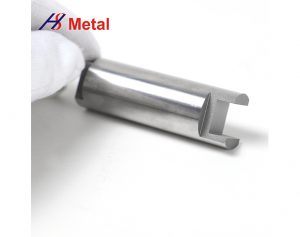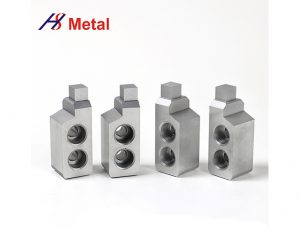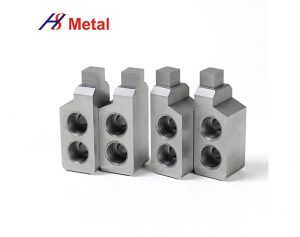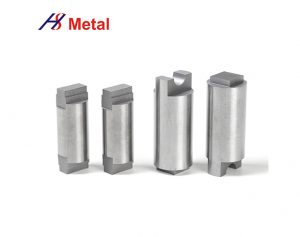Email:
sales@hypersolidmetal.comWhatsapp:
8618625975081
Email:
sales@hypersolidmetal.comWhatsapp:
8618625975081Tungsten (W) and molybdenum (Mo) are both impressive metal elements. Tungsten has the characteristics of high hardness, high melting point and resistance to air erosion at room temperature. Its uses include the manufacture of filaments, the manufacture of high-speed cutting alloy steel, and the manufacture of optical and chemical instruments. Compared with tungsten, the density of molybdenum is only about half. This feature makes it widely used in aerospace, aviation and other fields. It can significantly reduce the weight of products and improve energy efficiency and operating performance. In addition, molybdenum has good thermal and electrical conductivity and high temperature stability, making it a key material in many industrial applications. So, what are the differences between tungsten electrodes and molybdenum electrodes?
Tungsten electrodes’ melting point, excellent corrosion resistance, large density, and excellent electrical and thermal conductivity make them popular in TIG welding and other similar welding processes. However, the emission efficiency of pure metal tungsten electrodes is not ideal, and it is easy to cause sagging and fracture due to recrystallization at high temperatures to form an equiaxed grain structure. To overcome these challenges, manufacturers add rare earth oxides with lower electron work functions to tungsten, such as cerium oxide, lanthanum oxide, zirconium oxide, yttrium oxide, and thorium oxide. These additives not only increase the recrystallization temperature of the tungsten electrode, but also significantly improve its electron emission performance. Therefore, tungsten electrodes containing rare earth oxides exhibit excellent performance in terms of arc starting performance, arc column stability, electrode burning rate, and welding performance.
Molybdenum electrodes are known for their high temperature resistance, high strength, strong oxidation resistance and long life. They are widely used in optical glass, insulation materials, glass fiber, rare earth industry and other fields. The internationally accepted molybdenum electrode has a composition content of up to 99.95% and a density of over 10.15g/cm³. Common molybdenum electrodes have a wide range of sizes, ranging from 20mm to 152.4mm in diameter, and the length of a single electrode can even reach 1500mm, meeting various application needs.



